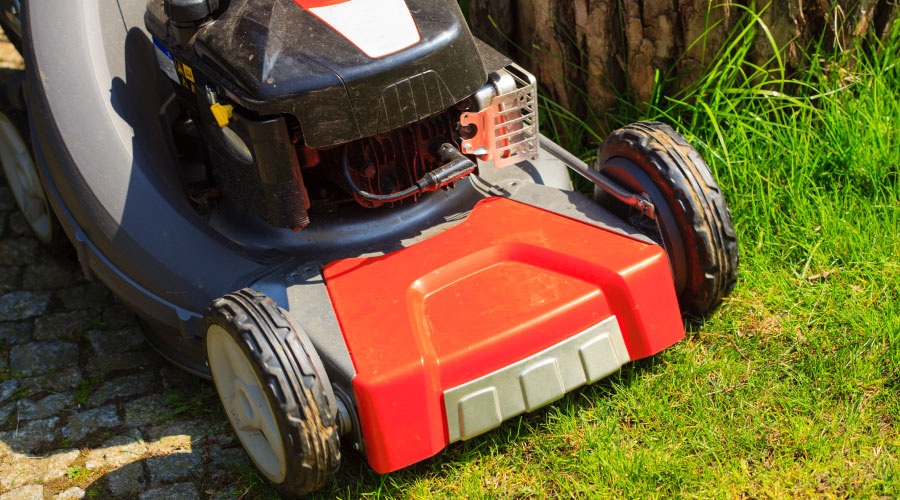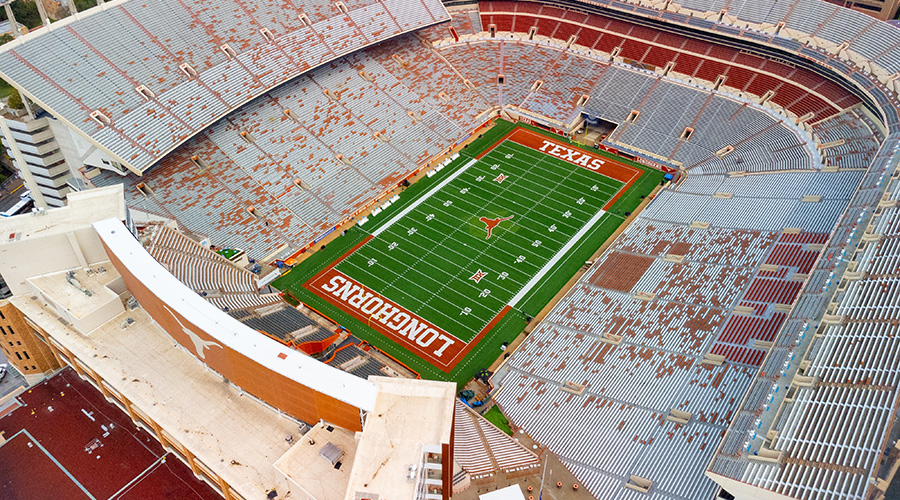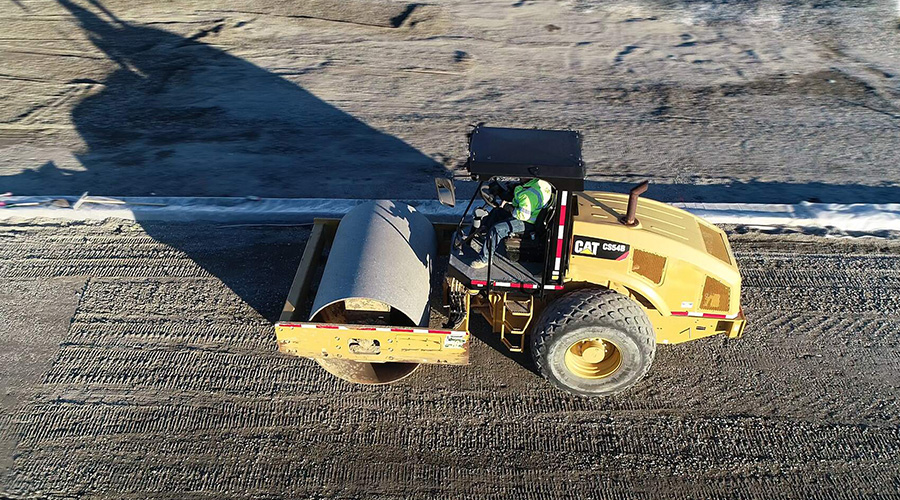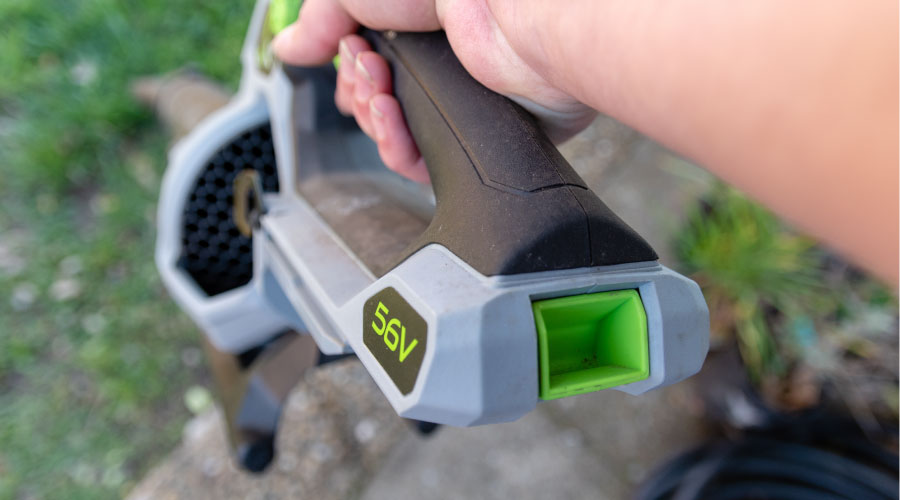Creating Sustainable Purchasing Policies
A vital component of a sustainability strategy in existing buildings is to look at the environmental impact of the materials that come into the facility. Products that contain only virgin materials deplete natural resources and create pollution through the manufacturing process. Products with recycled content, on the other hand, help divert waste from a landfill in favor of creating a new product.
Another important part of a sustainability policy is using local resources. That generates business within the local economy and decreases pollution by reducing the distance materials are transported.
Facility executives usually control many of the important material purchases for an organization. Creating a sustainable purchasing policy, setting goals and tracking purchases are all steps toward controlling what is brought into a facility. Finding environmentally responsible products is becoming much easier, and products are less costly than in years past.
For products not under their purview, facility executives can act as the proponent for sustainable purchasing because most of these purchases include items that are critical to the functioning of the workplace.
Again, LEED-EB provides guidance for sustainable purchasing policies. To obtain points for the purchasing of sustainable office products, a minimum of 40 percent of the total products must meet a set of sustainable criteria. Sustainable purchasing criteria identified by USGBC include:
- Product contains at least 10 percent post-consumer or 20 percent post-industrial material.
- Product contains at least 70 percent material salvaged from off-site or outside the organization.
- Product contains at least 70 percent material salvaged from on-site through an internal materials and equipment reuse program.
- Product contains at least 50 percent rapidly renewable materials.
- Product contains at least 50 percent materials harvested and processed or extracted and processed within 500 miles of the facility.
- Product contains at least 50 percent Forest Stewardship Council (FSC)-certified paper products.
- Batteries are rechargeable.
Related Topics:















